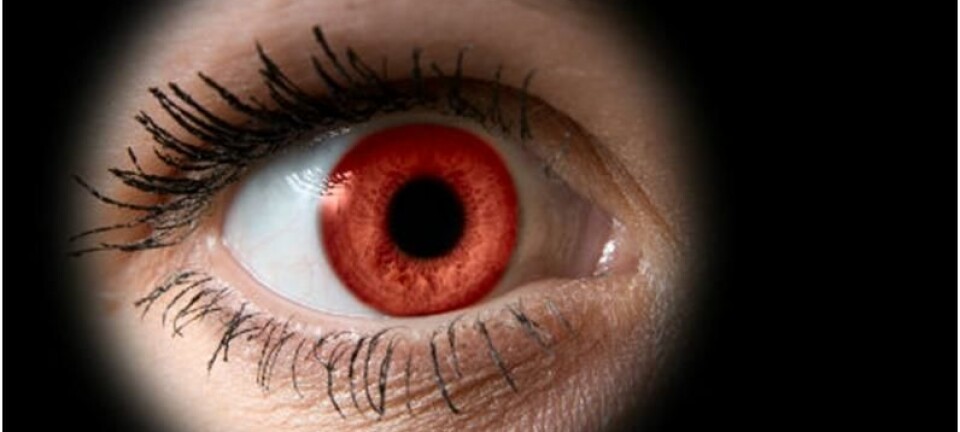
AMD: Common eye disease starts in the body
AMD, a common eye disease which mainly affects elderly people, may not be a disease after all. New study reveals that it may be caused by a defect in the bloodstream.
Age-related macular degeneration (AMD) is an eye condition that affects a tiny part of the retina at the back of your eye, called the macula.
AMD is one of the leading causes of severe vision loss and legal blindness in adults aged 60 or over.
Danish researchers have now uncovered a fascinating secret about this condition:
”We’re actually not talking about an eye disease,” says Clinical Associate Research Professor Torben Lykke Sørensen, of the Copenhagen University Hospital Roskilde, Department of Ophthalmology.
“It appears that the disease may arise in the blood as a result of some changes in the white blood cells. We are the first to describe this possible link.”
Blood samples from elderly people
The researchers made this eye-opening discovery after studying blood samples from two groups of patients:
- One group that had AMD
- One group which was not experiencing problems with their vision and which had no signs of AMD.
Since this condition typically affects older people, the vast majority of the participants in the study were aged 70 and over.
Sensational discovery in the blood
The blood samples were analysed to determine the types of cells and proteins in the blood. The researchers found that the blood in the patients with vision problems contained high levels of the protein CD200.
”CD200 has previously been associated with ageing. Other researchers have found that CD200 can play a part in the development of Alzheimer’s disease,” says Sørensen.
“Now we have discovered that AMD patients also have high levels of CD200 in their blood. This indicates that the disease is actually linked to a defect in the immune system.”
Eye tissue up for scrutiny
The researcher explains that this defect in the immune system is likely to be age-related. But further studies are needed for a detailed account of this.
”The next step will consist of dividing the patients into smaller groups, according to what stage of the disease they are at. We will also be examining eye tissue from AMD patients. This will tell us whether there is a correlation between CD200 levels and the advancement of the disease.”
If this turns out to be the case, it would strengthen the Danish researchers’ interpretation of the new discovery – a discovery which may be the first step towards improved treatment for AMD.
The new study is published in the journal Ophthalmology.
--------------------------
Read the Danish version of this article at videnskab.dk
Translated by: Dann Vinther






